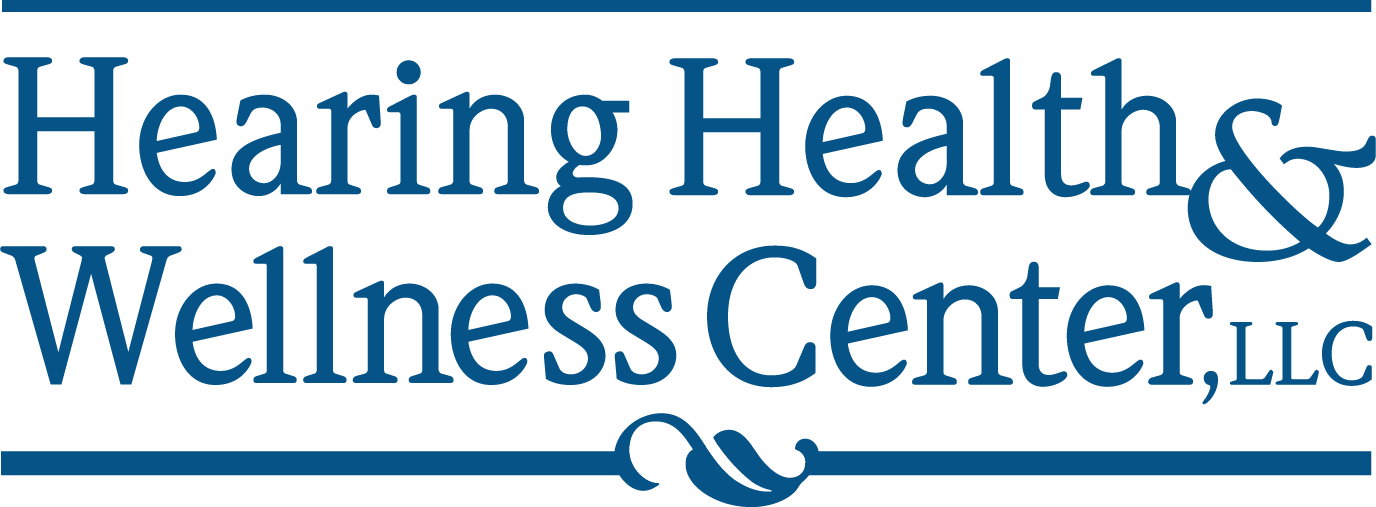When worn correctly and consistently, hearing aids can significantly improve a person’s quality of life. What happens, though, if a hearing aid seems to be insufficient? A variety of assistive listening devices (ALDs) are available to enhance communication and hearing.
The purpose of assistive listening devices is to enhance communication by amplifying quiet sounds and making them more audible. The optimal ALD for you will depend on your unique demands as there are numerous types of ALDs available. ALDs can be used for a number of activities, such as watching television, talking on the phone, going to conferences or lectures, and taking part in small-group conversations.
Assistive Listening Devices V.S. Hearing Aids
Hearing aids will gradually adjust and help a person’s hearing while ALDs can feel like abruptly turning up the volume. Both of these devices have their own set of advantages. However, one may be more suitable for your needs and circumstances than the other.
Basic differences
There are a few differences that stand out when you compare a hearing aid and an assistive listening device. A piece of the majority of hearing aids will typically be worn behind or behind the ear and around the ear, with the remainder going into the ear canal. However, some ALD configurations may require a few larger components, such as a microphone box, headphones, or wiring. ALDs may appear to be less handy than hearing aids based on this, but you must also consider the primary function of each device. ALDs are only used for sound amplification. Hearing aid settings can be adjusted to boost particular sounds while muting others that are background noise.
Types of Assistive Listening Devices
There are numerous ALD types that can be used in both large public facilities and at home. TV listening systems, alarm clocks, phone amplifiers, and assistive listening systems similar to those seen in auditoriums are just a few examples. Numerous devices are now wireless, compact, and can easily work with digital hearing aids.
Audio induction or hearing loop
Some theaters and auditoriums have hidden cable loops than can transmit electromagnetic signals from the speaker’s microphone to a compatible hearing aid.
A hearing loop can improve your ability to hear speech sounds if you wear hearing aids, particularly if you are farther away. Your hearing aid will only start picking up audio from the mic of the loop system and not from any other nearby noises because of this focus. By doing this, background noise is reduced. This only works if your hearing aids have a telecoil.
Infrared system
In an infrared ALD system, such as TV Ears, sound is transmitted using light. The transmitter of this ALD transforms sound to infrared energy before transmitting it to a receiver that the listener wears. The receiver decodes the infrared signal into sound. The infrared light will degrade in sunshine, so this device is only suitable for indoor use. The transmitted light must also be unhindered for infrared technologies to function properly. Watching movies, TV, and live theater is a popular application of this sort of ALD system.
FM system
Radio signals are used by FM ALD technology to send boosted audio. Because FM systems are portable, a person with hearing loss can utilize these devices in any listening situation that calls for a higher signal-to-noise ratio.
Personal sound amplification products
PSAPs are equipped with a microphone, receiver, and amplifier to slightly amplify speech. A person with a mild hearing loss can hear noises louder.
Neckloop or streamer
Remote microphones can be placed on a table or near a speaker at an event. Even if you’re on the opposite side of the room, you’ll be able to hear what’s being said through your hearing aids.
Assistive Listening Devices FAQs
What is the most commonly used assistive listening device?
Every hearing aid manufacturer makes a TV connector, a small box that plugs in to the back of your TV and streams sound directly to your hearing aids. These systems became popular with the advent of flat-screen televisions that have downward or backward-facing speakers.
Why are assistive listening devices necessary?
Assistive devices can enhance personal hearing aids for people with more severe hearing loss by enabling clearer communication in some settings and alerting the user to sounds and incidents that may not be noticed in challenging environments or when hearing devices are not worn.
Can assistive listening devices take the place of hearing aids?
All assistive listening devices can be utilized with or without cochlear implants or hearing aids. People with hearing loss can access the sound being delivered by a sound system or public address system through assistive listening systems. At the end of the day, only an audiologist can advise if you are better off with a hearing aid, an assistive listening device, or both.
Assistive Listening Devices | Plantsville, CT
Assistive listening devices efficiently close the gap between listeners and the sound source by eliminating the effects of reverberation, distance, and background noise.
Hearing Health & Wellness Center offers assistive listening devices in Plantsville, CT. Aside from being an authorized provider of major hearing aid brands, we also carry a wide range of ALDs to ensure that you get access to the best hearing technologies.
Contact us today to schedule a consultation!
